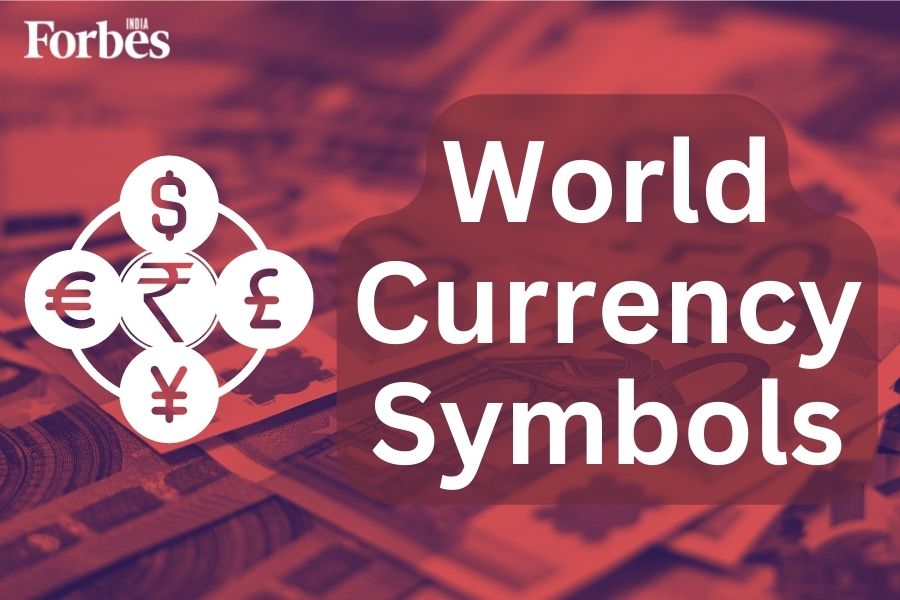
Currency Symbols: List of currency names and symbols around the world
Why do currency symbols matter? Discover their role in global finance and cultural identity

Currency symbols are more than mere symbols—they are the gateways to understanding the global financial landscape. As world citizens, we encounter currency symbols daily, whether planning a trip abroad, engaging in international business transactions, or simply trying to expand our general knowledge. Understanding these symbols and their significance is key to navigating the fascinating complexities of global finance and perhaps more importantly, gaining greater control over our finances.
Currency symbols serve as representations of the legal tender of a specific nation. These symbols are placed before or after an amount of money which indicates the relative worth of a currency compared to others. They are the key to unlocking the ability to convert money from one currency to another and play a fundamental role in international trade, investment, and travel.
Also Read: 1 USD to INR: From 1947 to 2023
Knowing how currency symbols function, we can better grasp how money is exchanged both domestically and internationally. With this information, we can capture chances in the global market and make sound financial judgments. Whether for making the most of our overseas transactions, preparing for swings in the exchange rate, or expanding our cultural and financial horizons, knowing the symbols for different currencies is a key step toward monetary independence.
Also Read: Top 10 highest-valued currencies in the world in 2023




